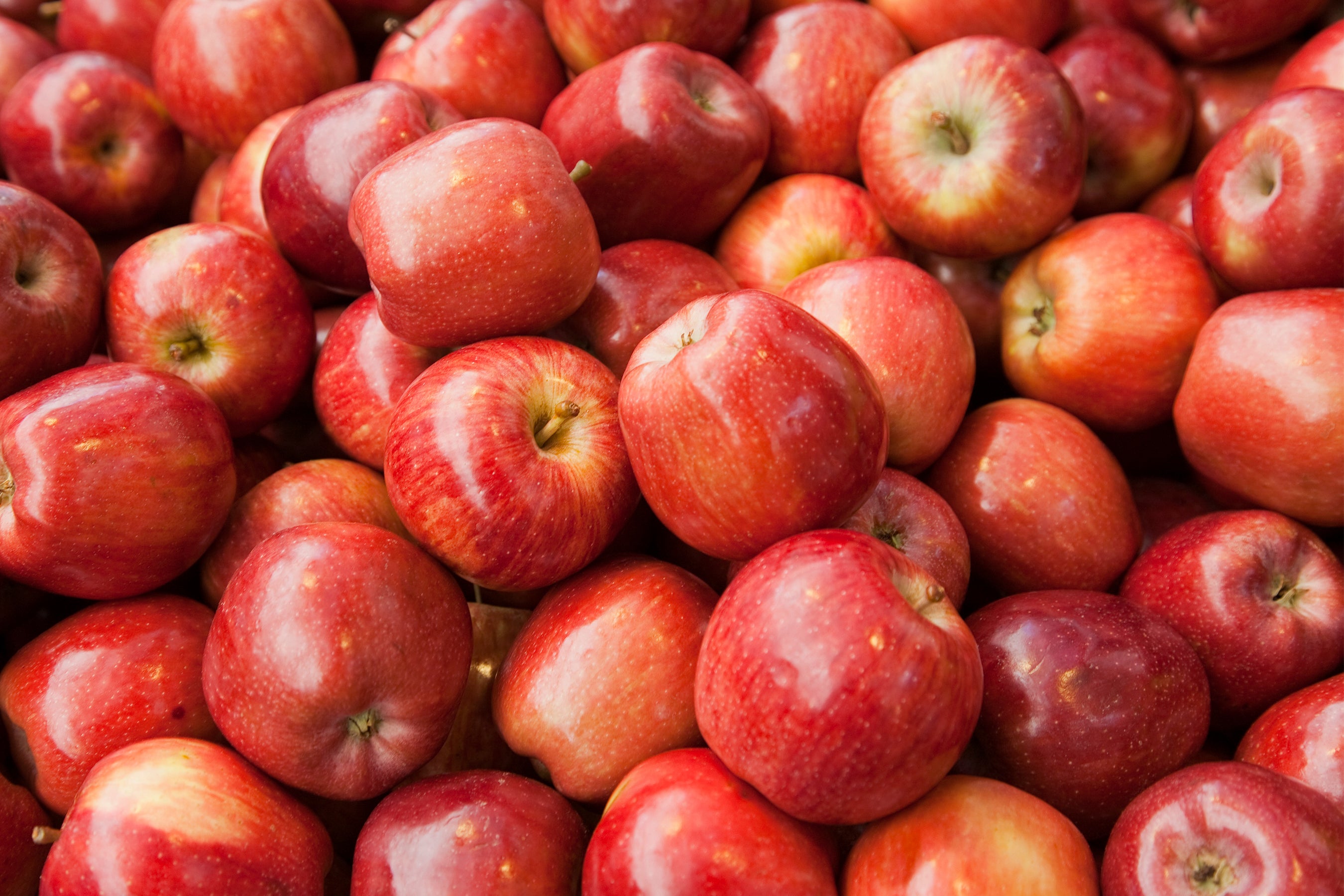
[ad_1]

For more than a century, researchers have known that people are generally very good at eyeballing quantities of four or fewer items. But performance at sizing up numbers drops markedly — becoming slower and more prone to error — in the face of larger numbers.
Now scientists have discovered why: the human brain uses one mechanism to assess four or fewer items and a different one for when there are five or more. The findings, obtained by recording the neuron activity of 17 human participants, settle a long-standing debate on how the brain estimates how many objects a person sees. The results were published in Nature Human Behaviour on 2 October.
The finding is relevant to the understanding of the nature of thinking, says psychologist Lisa Feigenson, the co-director of the Johns Hopkins University Laboratory for Child Development in Baltimore, Maryland. “Fundamentally, the question is one of mental architecture: what are the building blocks that give rise to human thought?”
A century-old debate
The limits of the human ability to estimate large quantities have puzzled many generations of scientists. In an 1871 Nature article, economist and logician William Stanley Jevons described his investigations into his own counting skills and concluded “that the number five is beyond the limit of perfect discrimination, by some persons at least.”
Some researchers have argued that the brain uses a single estimation system, one that is simply less precise for higher numbers. Others hypothesize that the performance discrepancy arises from there being two separate neuronal systems to quantify objects. But experiments have failed to determine which model is correct.
Then, a team of researchers had a rare opportunity to record the activity of individual neurons inside the brains of people who were awake. All were being treated for seizures at the University Hospital Bonn in Germany, and had microelectrodes inserted in their brains in preparation for surgery.
The authors showed 17 participants images of anywhere from zero to nine dots on a screen for half a second, and asked them whether they had seen an odd or even number of items. As expected, the participants’ answers were much more precise when they saw four or fewer dots.
The researchers had already learned from previous research that there are specialized neurons associated with specific numbers of items. Some fire primarily when presented with one object, others when presented with two objects and so forth.
Analysis of the participants’ neuronal activity showed that neurons specializing in numbers of four or less responded very specifically and selectively to their preferred number. Neurons that specialize in five through nine, however, responded strongly to their preferred number but also to numbers immediately adjacent to theirs.
Numerate neurons
“The higher the preferred number, the less selective these neurons were,” says co-author Andreas Nieder, an animal physiologist at the University of Tubingen in Germany. For example, neurons specific to three would only fire in response to that number, whereas neurons that prefer eight would respond to eight but also to seven and nine. As a result, people made more mistakes when trying to quantify a larger number of objects.
This suggests two distinct ‘number systems’ in the brain. Nieder was surprised, as he previously thought that there was only one mechanism. “I had a hard time believing that there’s really this dividing line. But, based on these data, I must accept it,” he says.
Feigenson agrees with the conclusion. “These are gorgeous findings,” she says, which add to behavioural research suggesting that two mental systems help to represent numbers of objects.
This article is reproduced with permission and was first published on October 6, 2023.
[ad_2]